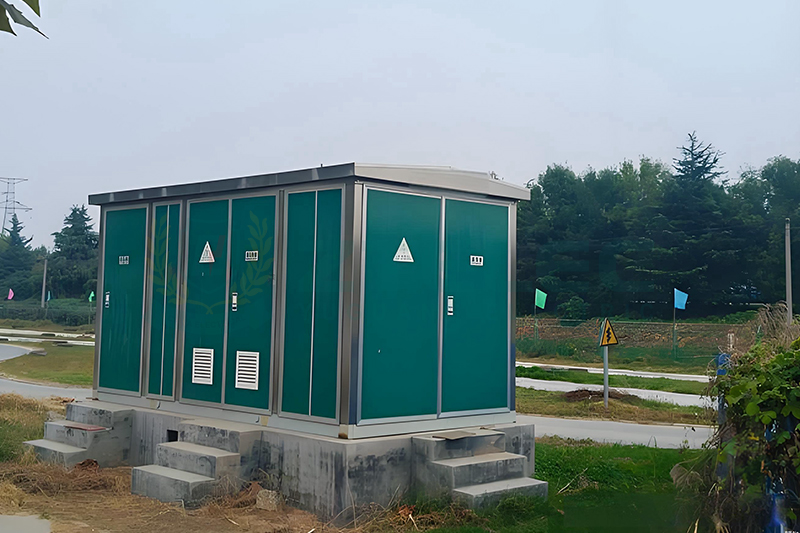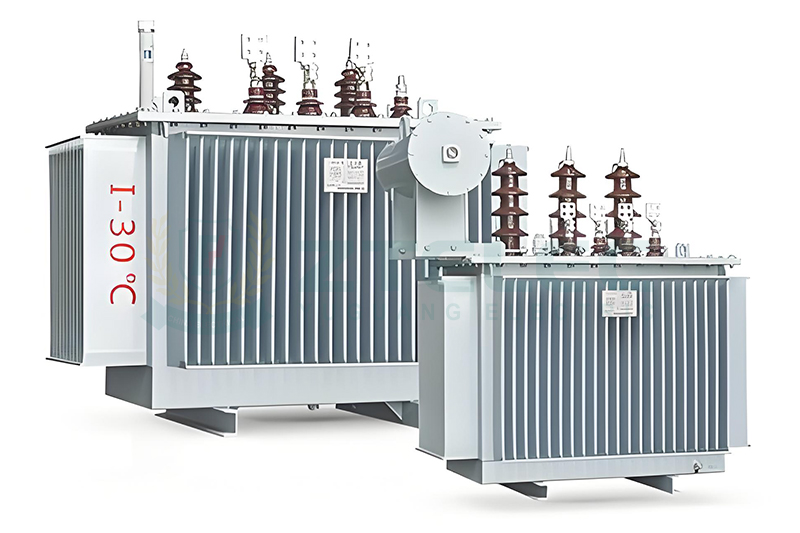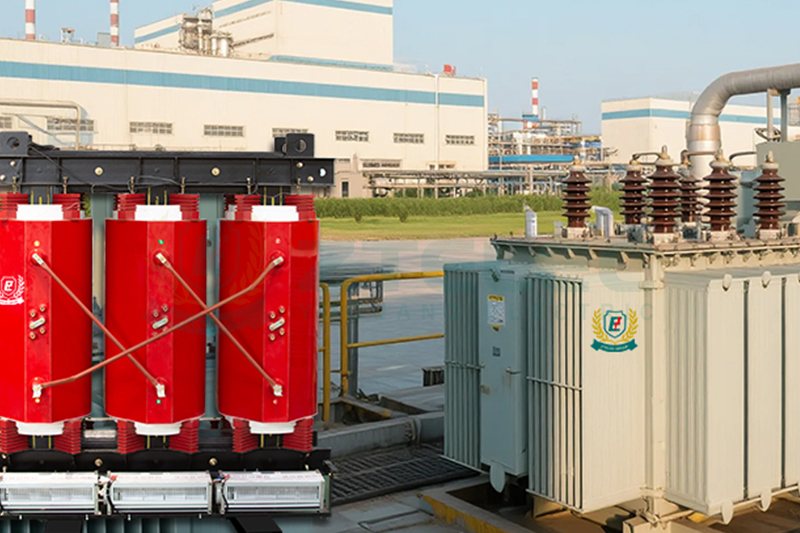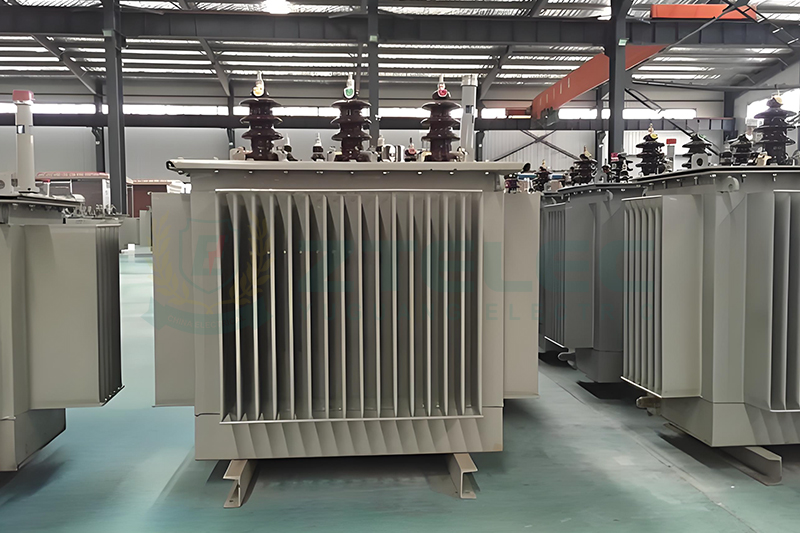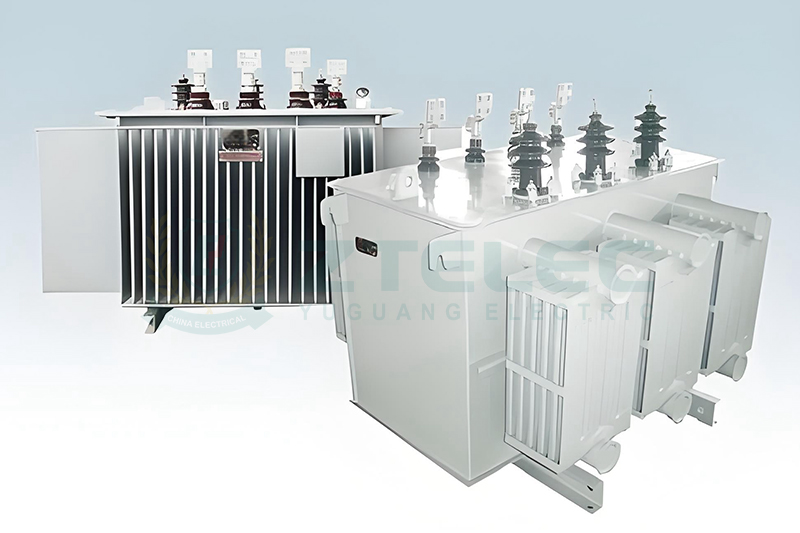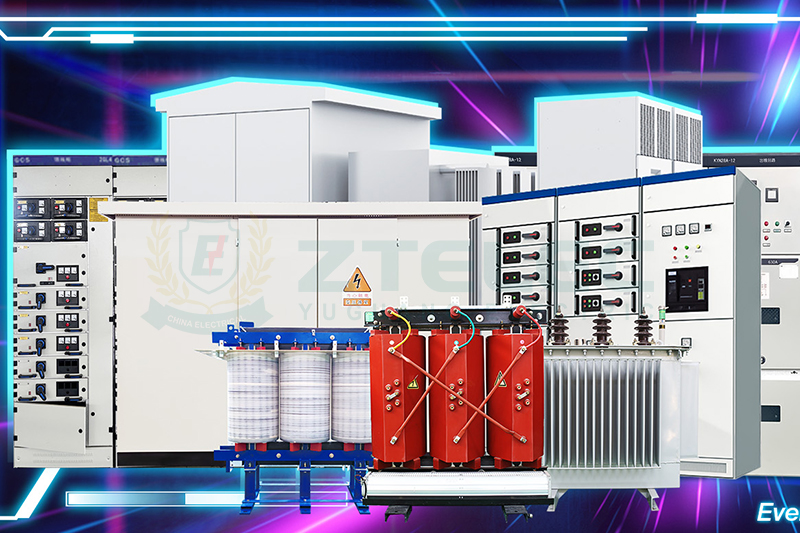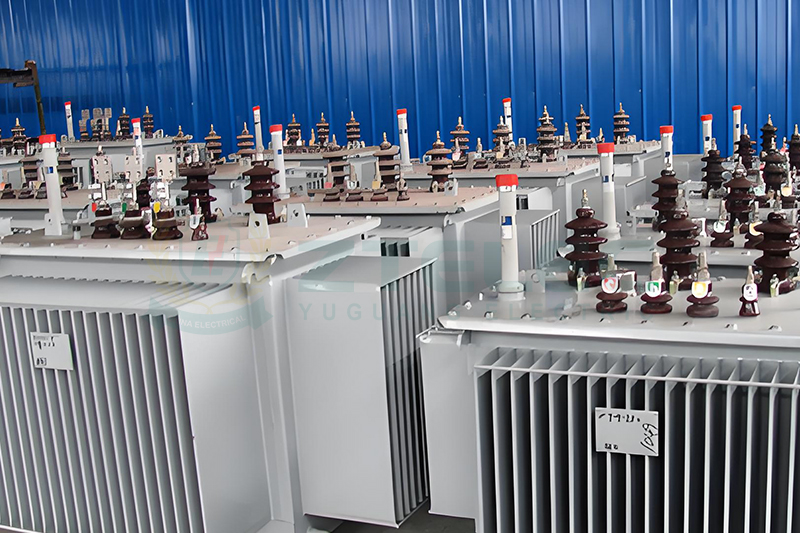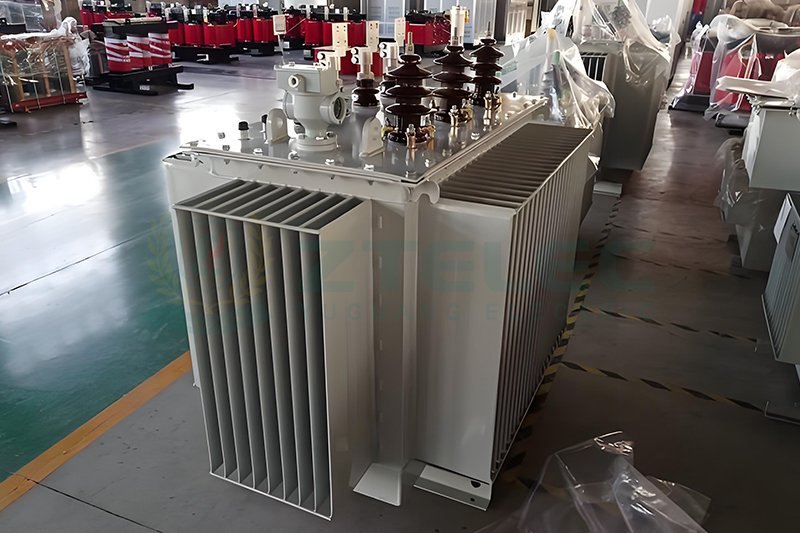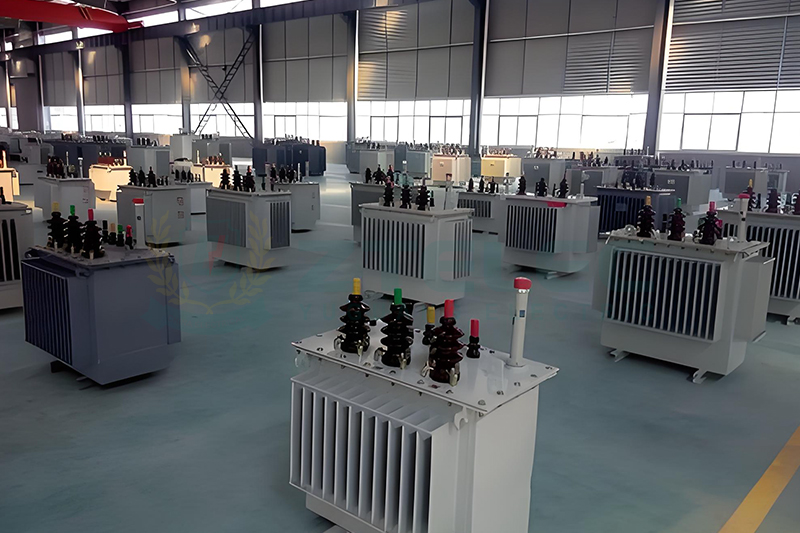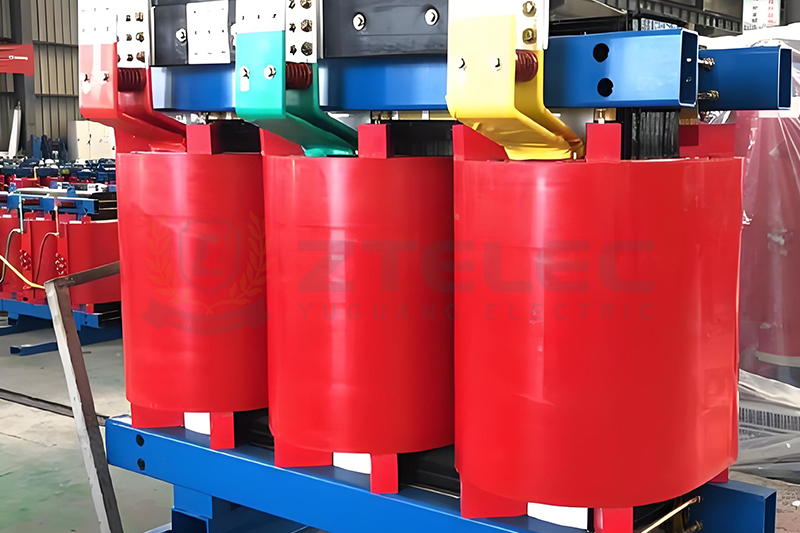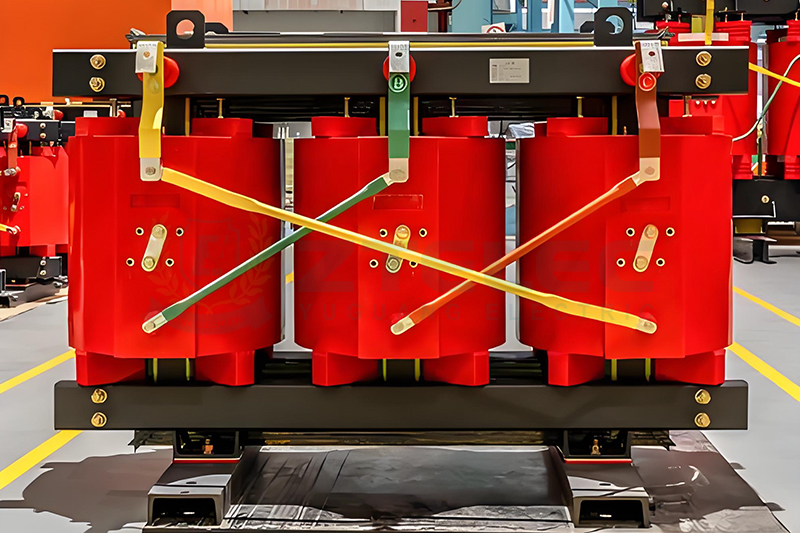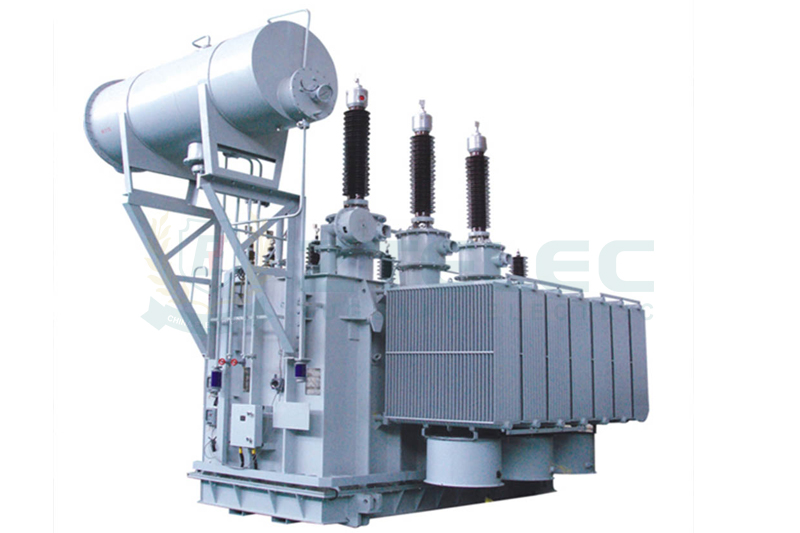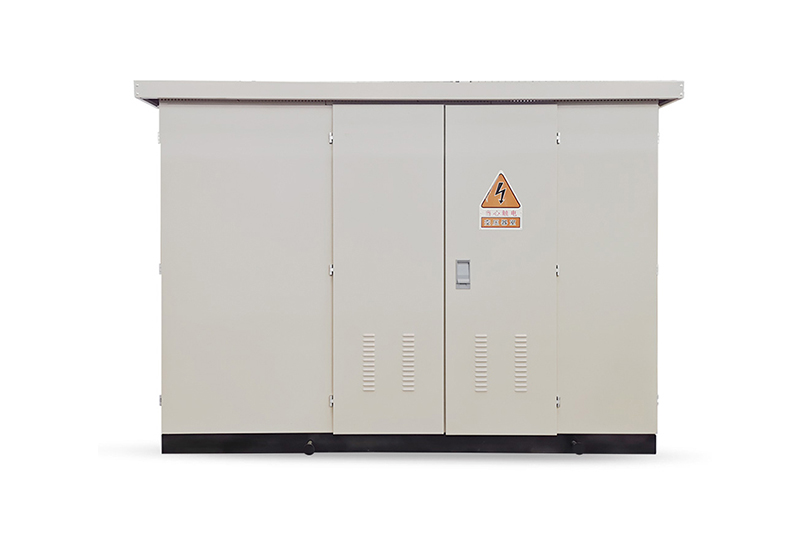-
European-Type Prefabricated Substation Installation Specifications
European-type prefabricated substations feature a compact structure, eco-friendly design, and easy installation, making them widely applied in modern power distribution networks. However, improper installation may shorten service life and cause saf……
-
10kV Oil-Immersed Transformer Working Principle and Application Analysis
The 10kV oil-immersed transformer is an essential piece of equipment in modern power transmission and distribution systems. It is widely applied in power grids, industrial facilities, and commercial buildings to achieve efficient voltage conversion……
-
Distribution Transformer Application Cases: Factories, Data Centers, and Hospitals
Distribution transformers, including oil-immersed transformers and dry-type transformers, are among the core components in modern power systems. Their main role is to convert medium-voltage electricity to a voltage level safe for end-user equipment……
-
3500kVA 23kV Low-Loss Oil-Immersed Power Transformer | Reliable Industrial and Power Grid Solution
The 3500kVA 23kV low-loss oil-immersed power transformer is a high-performance solution designed for stable, efficient, and safe power transmission in modern power systems. Engineered with advanced insulation, optimized core design, and superior he……
-
1600kVA Amorphous Oil-Immersed Transformer | Green Power and Energy Efficiency
The 1600kVA amorphous oil-immersed transformer is specifically designed for green and energy-saving engineering applications. As a key component in sustainable power systems, it integrates amorphous alloy cores, high-quality windings, insulating oi……
-
1600kVA/10kV Energy-Saving Amorphous Oil-Immersed Transformer for New Energy Projects | Direct Factory Supply
With the global transition toward renewable and sustainable power, the 1600kVA/10kV energy-saving amorphous oil-immersed transformer has become a preferred choice for new energy projects such as photovoltaic power plants, wind farms, and energy sto……
-
| Transformers(November 10th to December 21th)
Ztelec has been deeply engaged in the electrical industry for many years. It is a professional manufacturer specializing in the field of transformers. Its core business covers the research and development and production of dry type transformers, oi……
-
Distribution Transformers for High-Temperature Environments: Safe and Long-Lasting Solutions
In demanding industrial settings such as steel smelting, glass manufacturing, cement production, and tropical regions with persistently high temperatures, transformers face extreme thermal stress. Ordinary transformers operating in such environment……
-
Silent and Efficient: 1600kVA 10kV Amorphous Alloy Oil-Immersed Transformer
The 1600kVA 10kV Amorphous Alloy Oil-Immersed Transformer represents a new generation of energy-efficient and low-noise power equipment. In the era of green and sustainable development, it is designed to meet the demands of energy conservation, noi……
-
3500kVA High-Voltage Energy-Saving Oil-Immersed Transformer: The Ideal Choice for Modern Urban Substations
Meta Description: Discover the 3500kVA high-voltage energy-saving oil-immersed transformer, designed for urban substations, industrial parks, and smart grids. With superior efficiency, overload capacity, and low-noise performance, it provides stabl……
-
Measured Analysis and Safety Evaluation of F1 Flame Retardant Grade of Epoxy Resin Cast Dry-Type Transformer
With increasing requirements for safety and reliability in modern power distribution systems, epoxy resin cast dry-type transformers have become the preferred choice for commercial buildings, hospitals, data centers, schools, and high-rise complexe……
-
Fireproof and Moisture-Resistant Dry-Type Transformers | Low-Noise Solutions for Hospitals and Subways
In industries where safety, reliability, and environmental performance are paramount—such as healthcare and urban rail transit—there is zero tolerance for electrical failure. The fireproof and moisture-resistant dry-type transformer is specifically……

